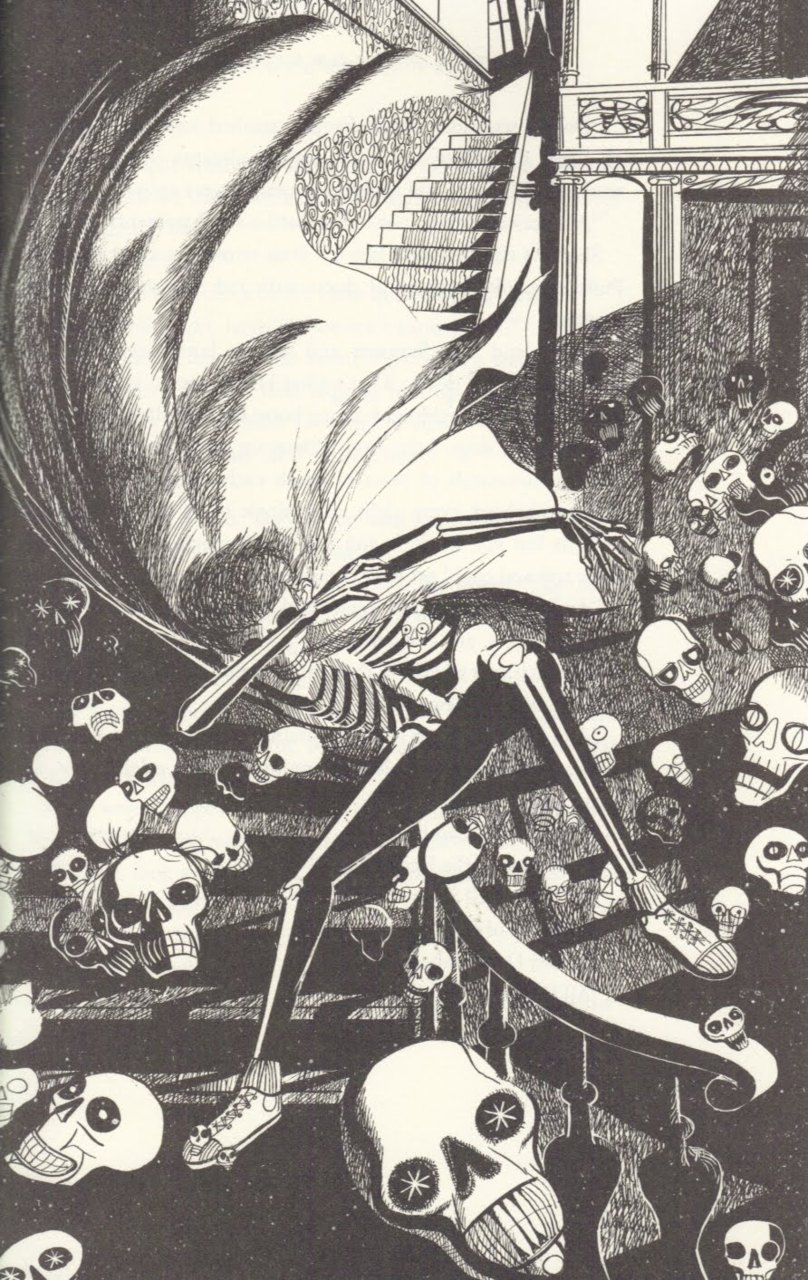
Illustration from "The Halloween Tree" by Ray Bradbury, 1972
The Hero, 1968
"Joseph Anthony Mugnaini, born in Italy, though he moved to Los Angeles with his parents when he was still an infant. Although respected for accomplishments in other areas, Mugnaini is best known for his long association with Ray Bradbury, who regarded him as both a friend and the best interpreter of his work. As a result, he did the covers and interior art for several first editions of Bradbury's works, as well as related projects like illustrations for a 1962 cartoon adaptation of Bradbury's story "Icarus Montgolfier Wright" (May 1956 F&SF) and the cover for the May 1963 "Ray Bradbury" issue of The Magazine of Fantasy and Science Fiction – a painting of Bradbury flanked by iconic images from his stories that was later reused as the cover for Jerry Weist's Ray Bradbury: An Illustrated Life (2002).
Mugnaini's first Bradbury painting is probably his most famous – an image of a grieving man, dressed in newsprint and surrounded by flames, that graced the cover of the first edition of Bradbury's Fahrenheit 451 (coll 1953) and has reappeared on several later editions, most recently a 2012 trade paperback edition. Other memorable efforts for Bradbury books include his painting of an old woman walking with a lizard past a series of tall houses for The October Country (coll 1956), playful renderings of containers of medicine for A Medicine for Melancholy (coll 1959), and an elaborately decorated number "22" on a barren field with dead trees for the omnibus Twice 22 (omni 1966). For many, Mugnaini's trademark style – an elongated human figure against a minimal or symbolic background – is indelibly linked with Bradbury's fiction, explaining why his covers and interior art are still being used for recent editions of his works. Still, it should also be remembered that Mugnaini did provide evocative covers for a few books by other genre writers, including Robert Crane's Hero's Walk (1954), Theodore Sturgeon's A Touch of Strange (coll 1958), and Louis Charbonneau's No Place on Earth (1958). In his later years, Mugnaini focused more on writing instructional art books, although he did publish a compilation of his artwork in 1982, featuring a foreword by his greatest admirer, Ray Bradbury. [GW]" - quote source
Most artworks found in auction listings from the estate of Ray Bradbury at NatedSanders.com
Mugnaini's first Bradbury painting is probably his most famous – an image of a grieving man, dressed in newsprint and surrounded by flames, that graced the cover of the first edition of Bradbury's Fahrenheit 451 (coll 1953) and has reappeared on several later editions, most recently a 2012 trade paperback edition. Other memorable efforts for Bradbury books include his painting of an old woman walking with a lizard past a series of tall houses for The October Country (coll 1956), playful renderings of containers of medicine for A Medicine for Melancholy (coll 1959), and an elaborately decorated number "22" on a barren field with dead trees for the omnibus Twice 22 (omni 1966). For many, Mugnaini's trademark style – an elongated human figure against a minimal or symbolic background – is indelibly linked with Bradbury's fiction, explaining why his covers and interior art are still being used for recent editions of his works. Still, it should also be remembered that Mugnaini did provide evocative covers for a few books by other genre writers, including Robert Crane's Hero's Walk (1954), Theodore Sturgeon's A Touch of Strange (coll 1958), and Louis Charbonneau's No Place on Earth (1958). In his later years, Mugnaini focused more on writing instructional art books, although he did publish a compilation of his artwork in 1982, featuring a foreword by his greatest admirer, Ray Bradbury. [GW]" - quote source
Most artworks found in auction listings from the estate of Ray Bradbury at NatedSanders.com

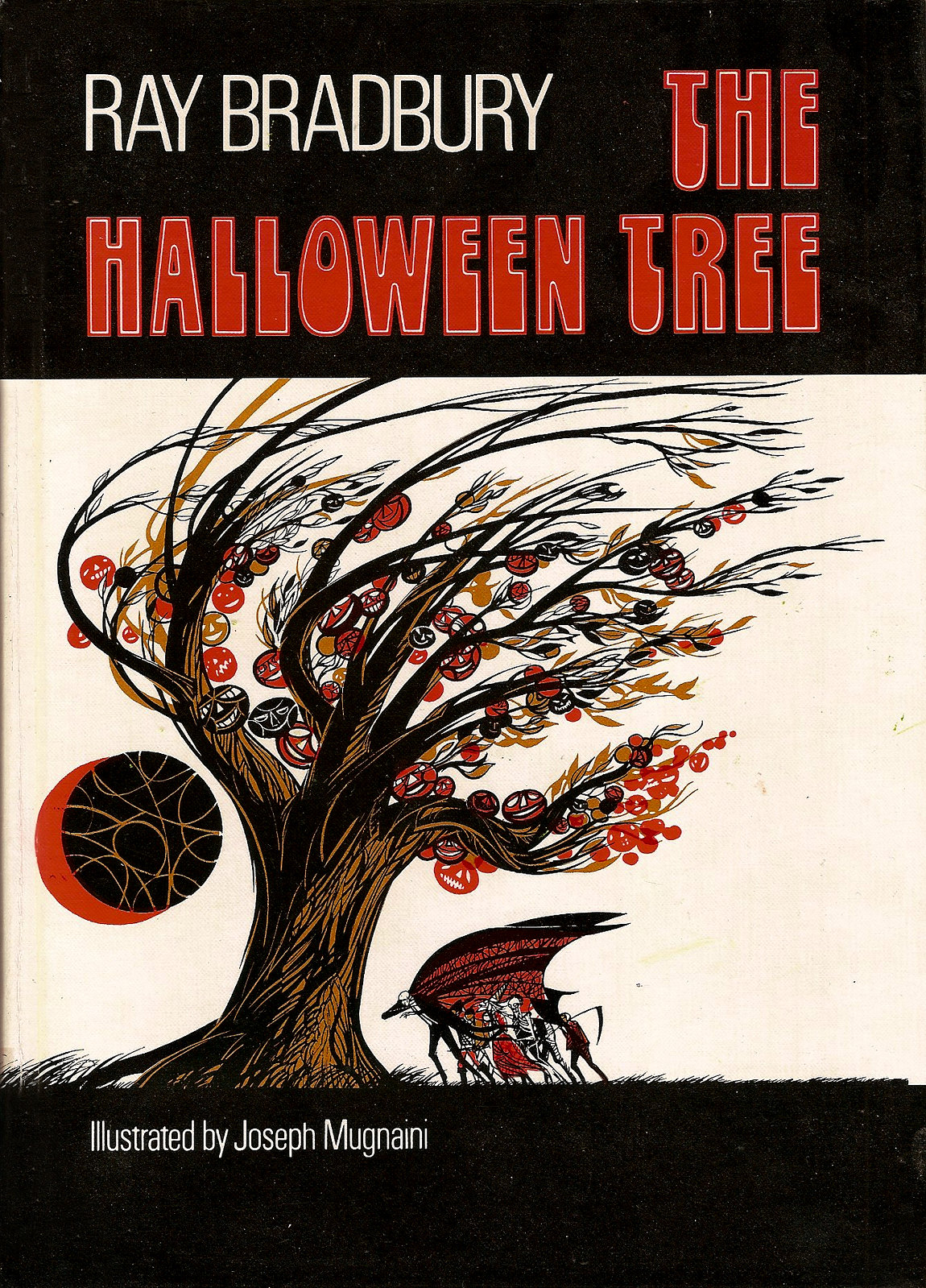
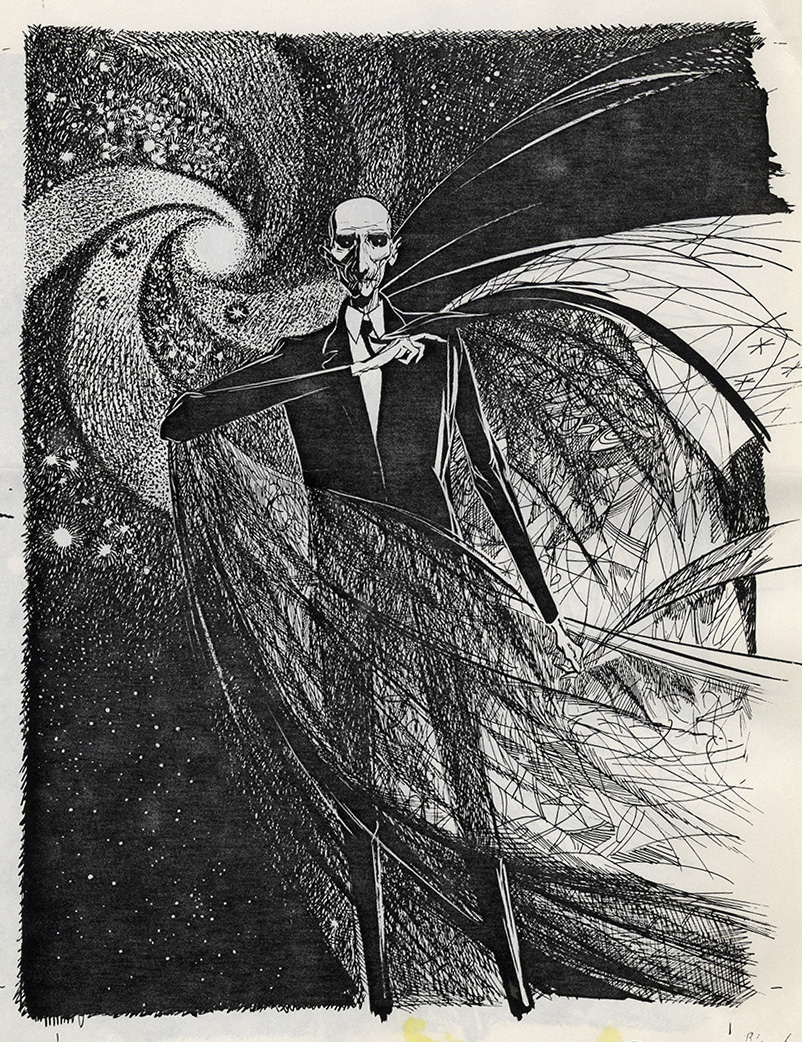

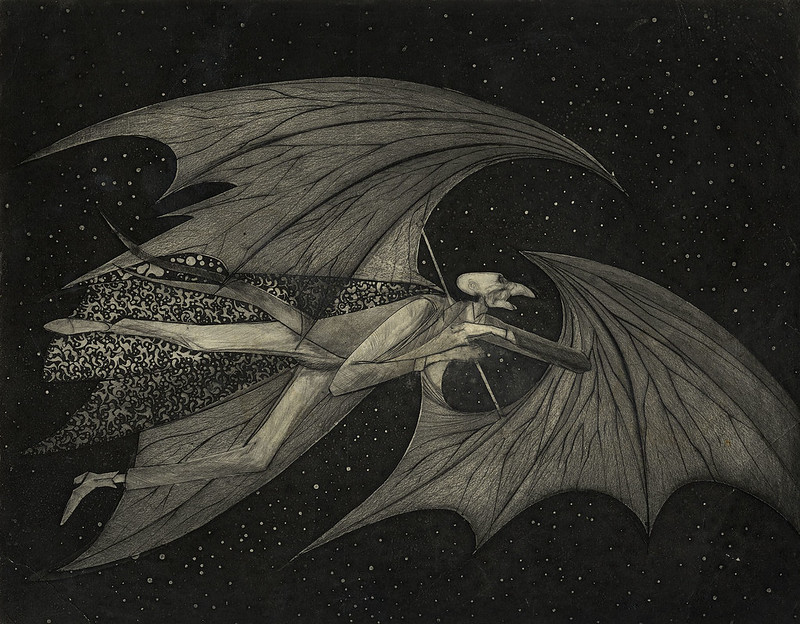

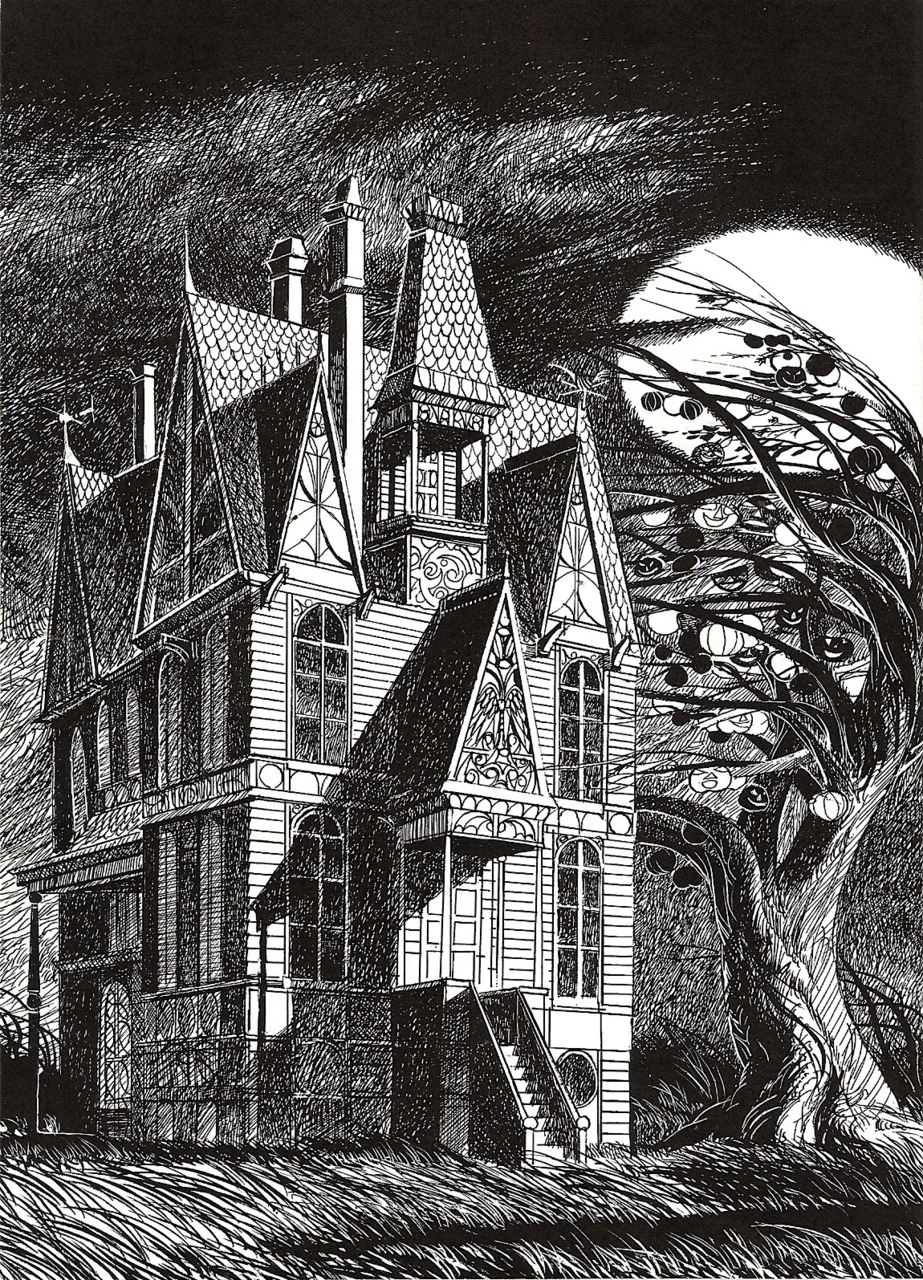
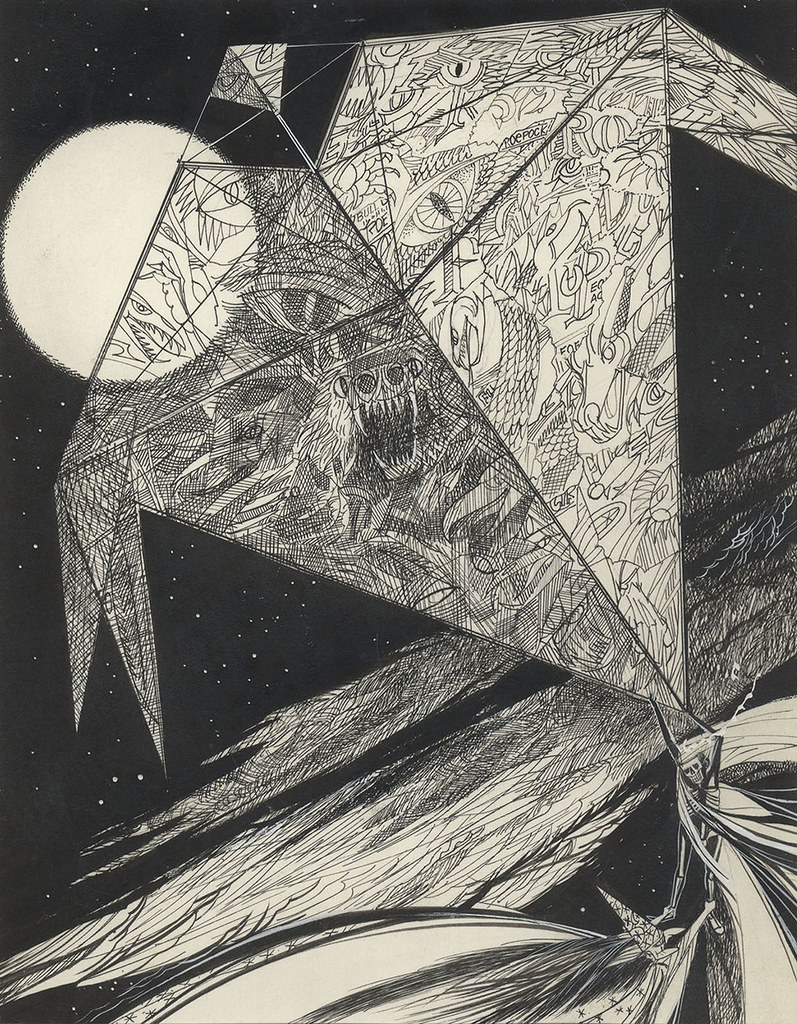
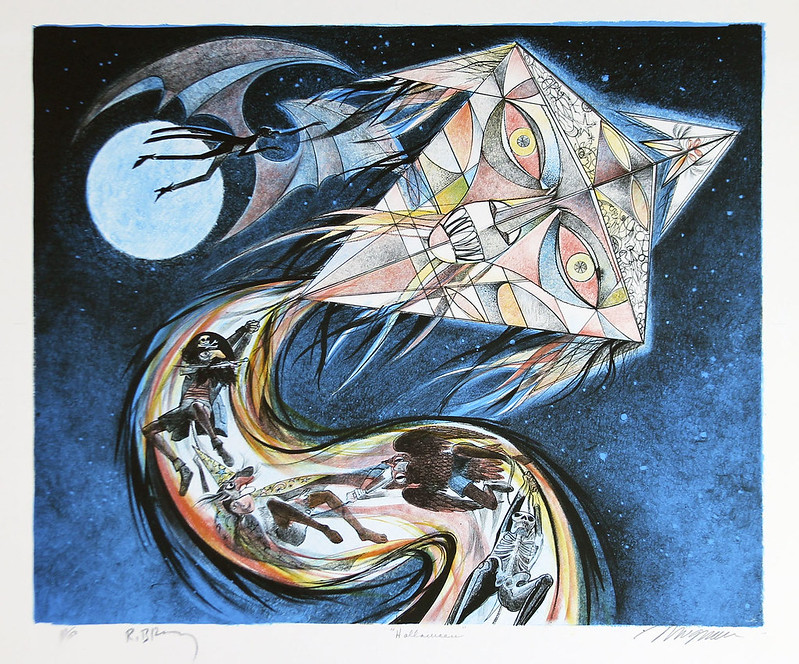
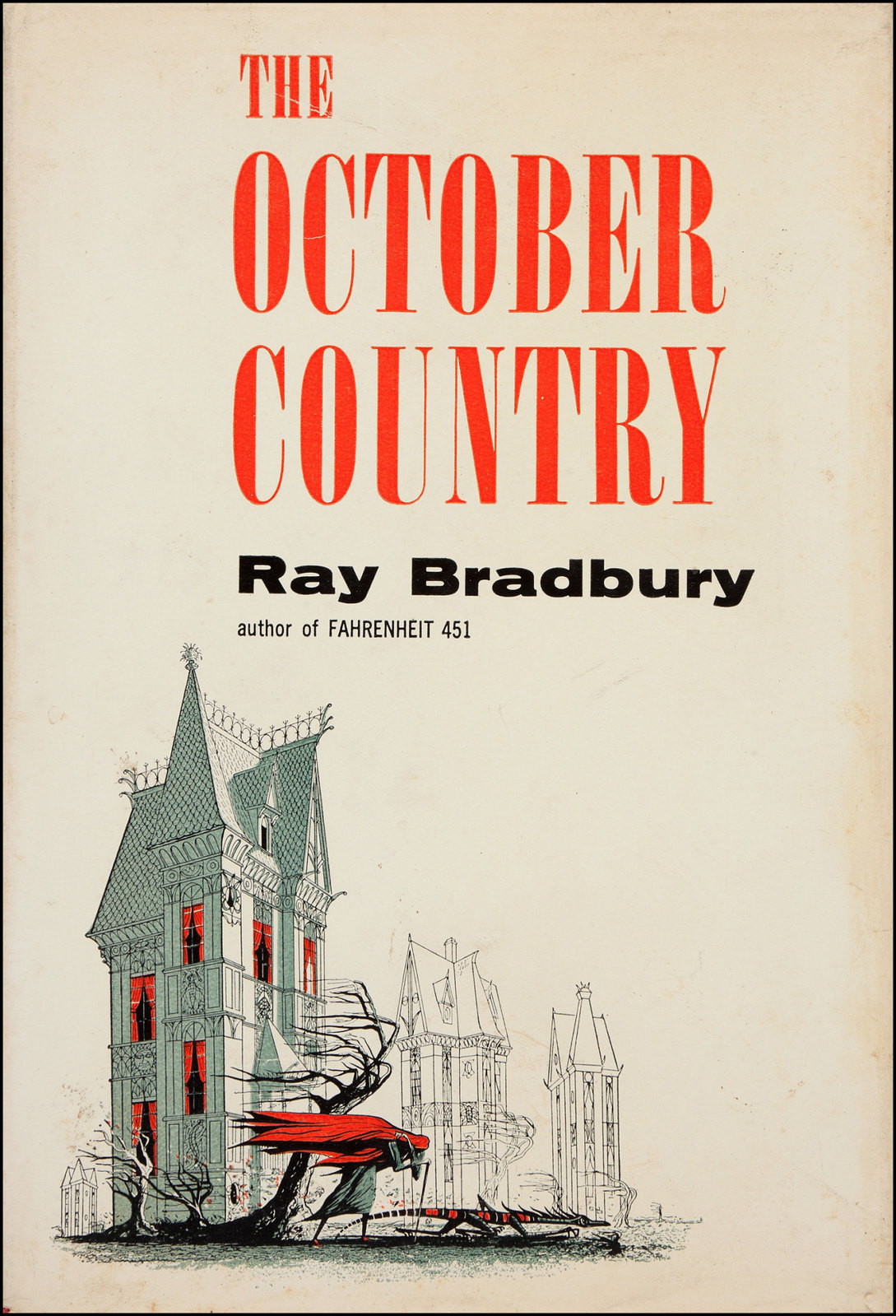
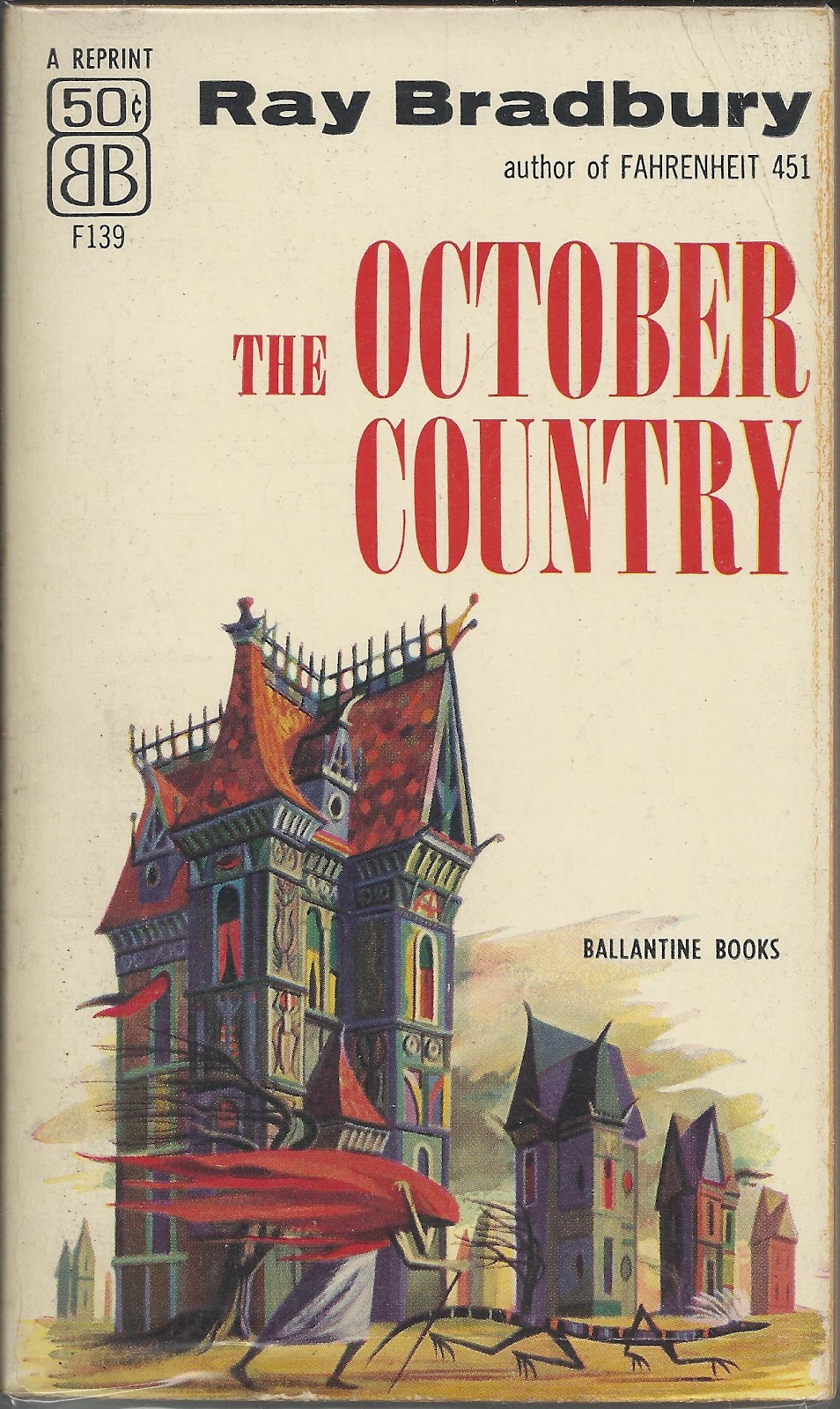
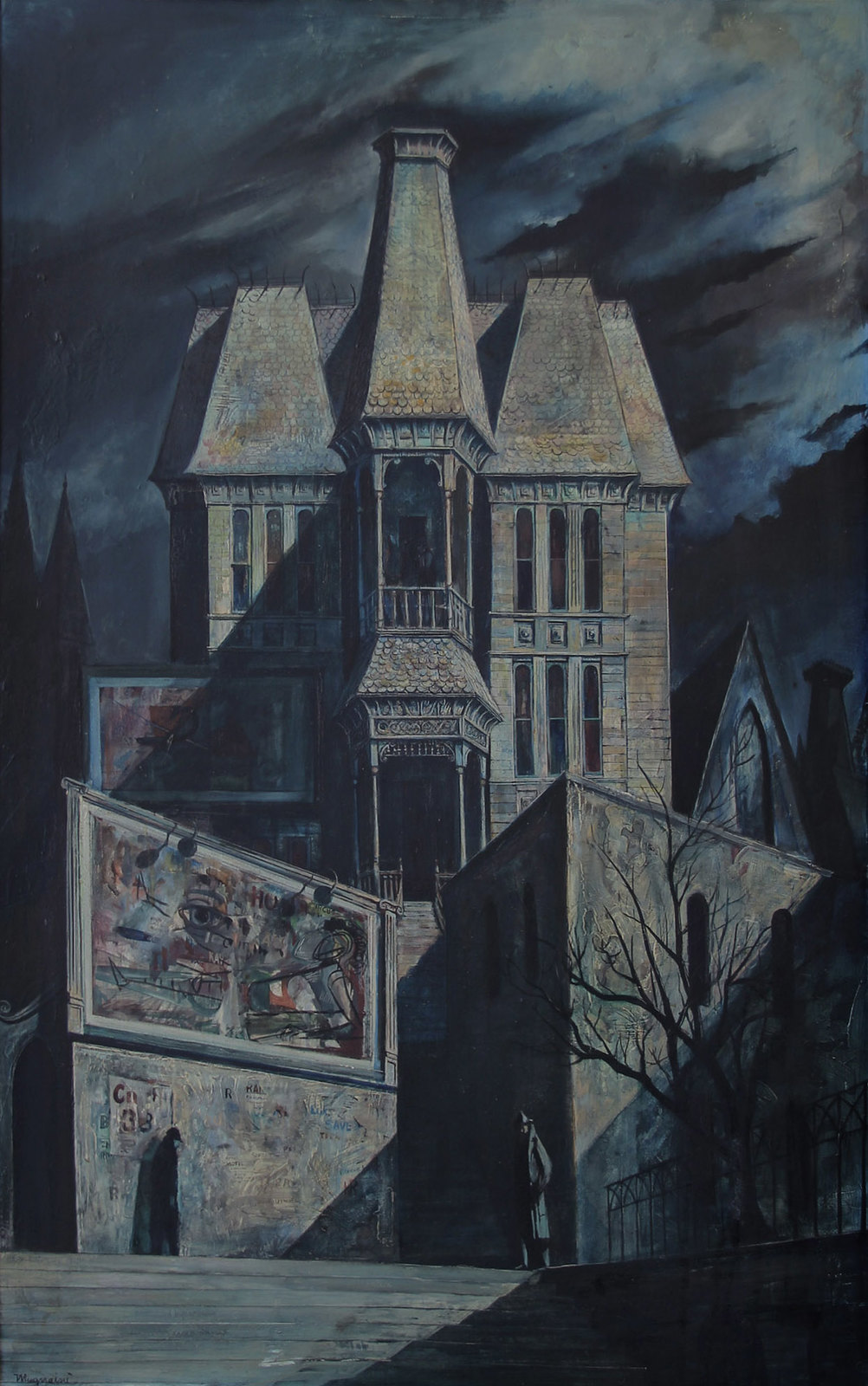

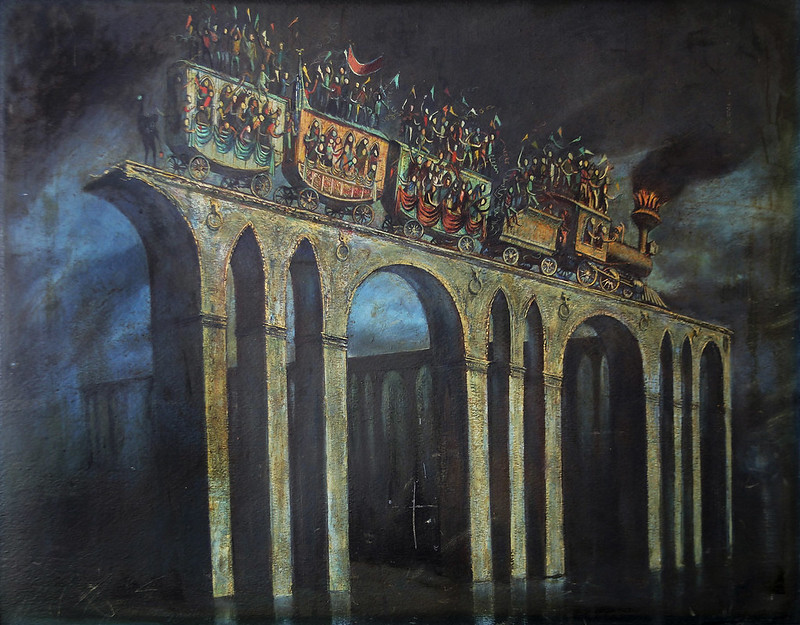
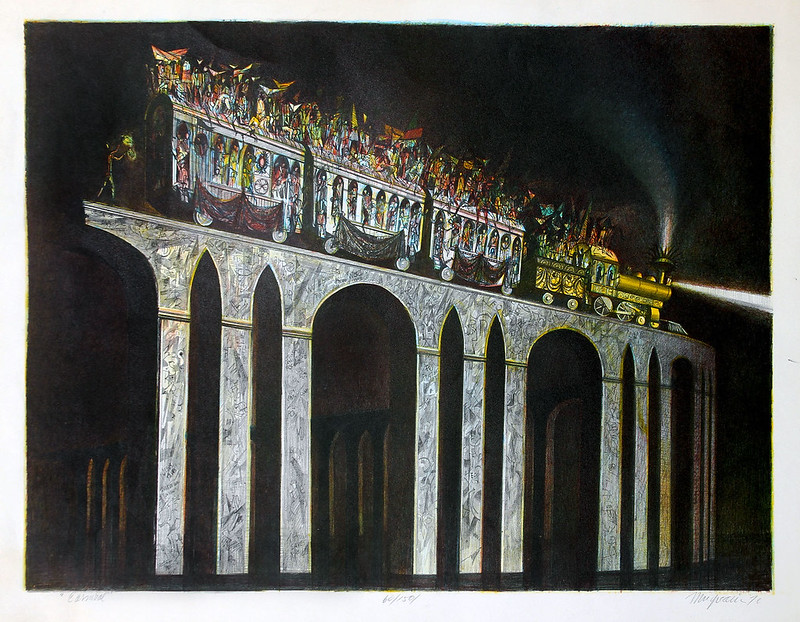

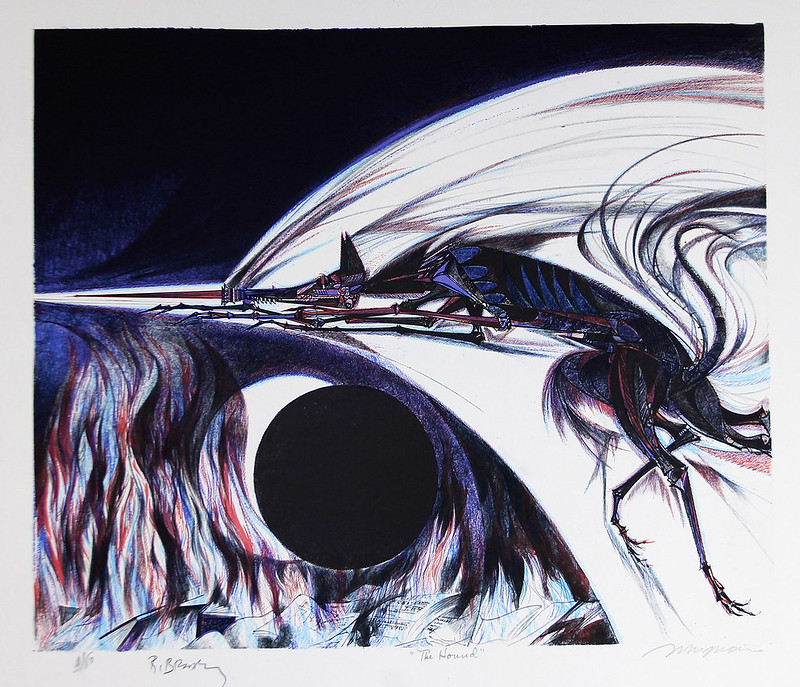
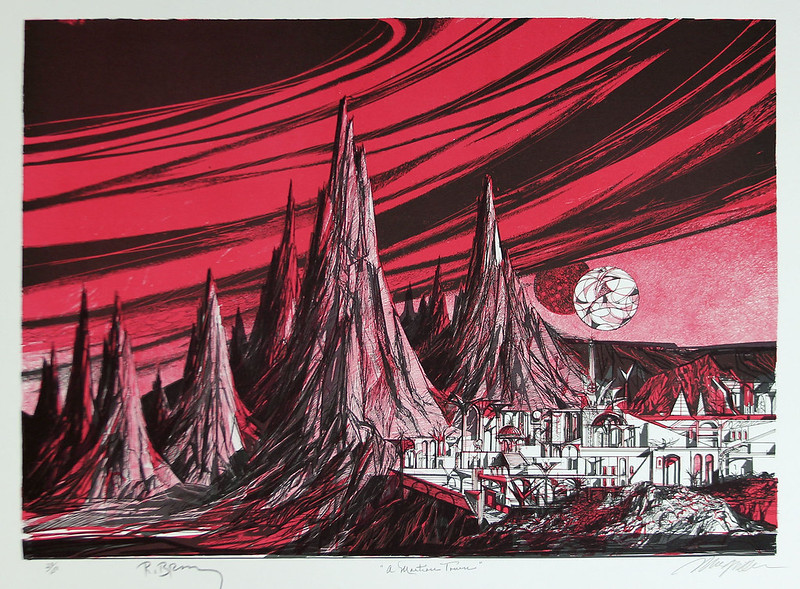
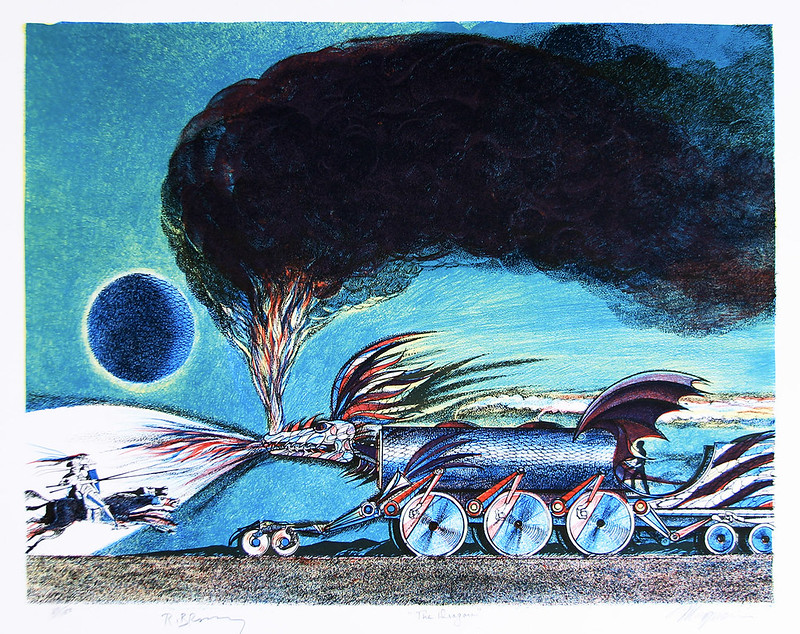
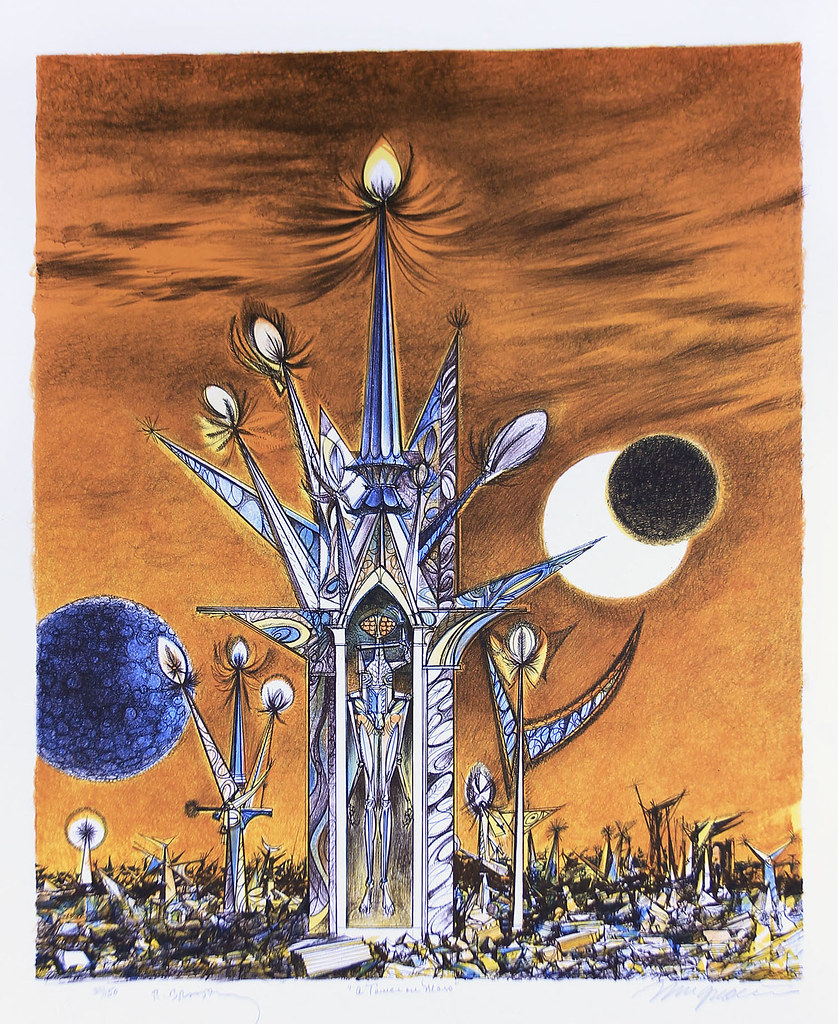
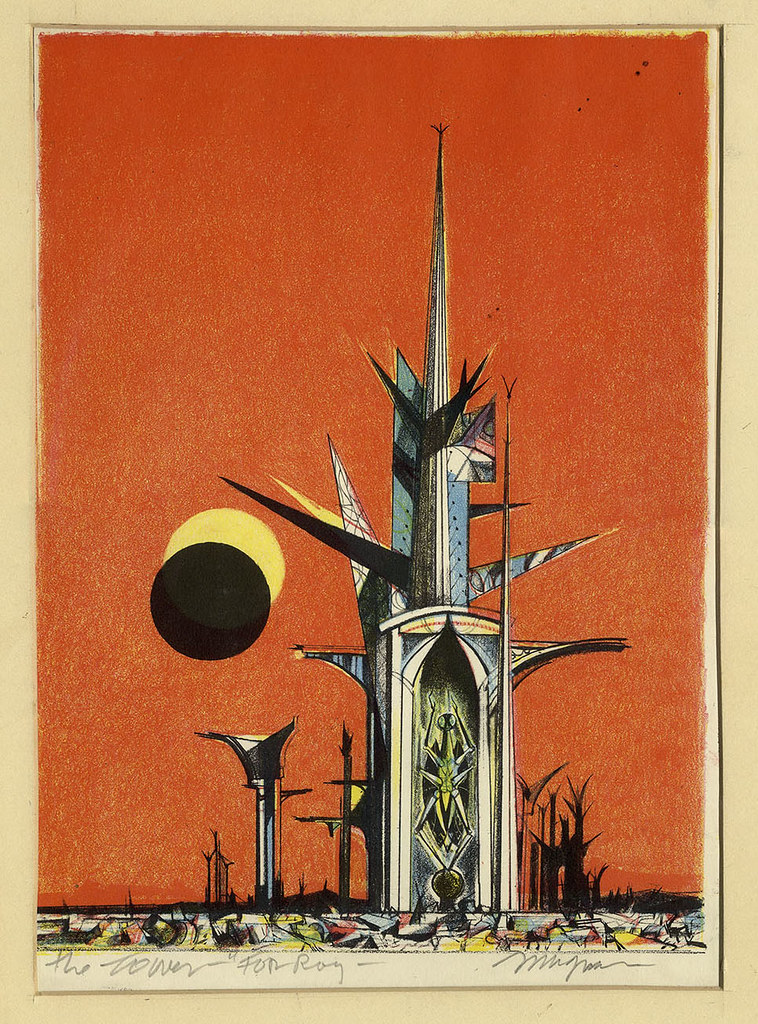

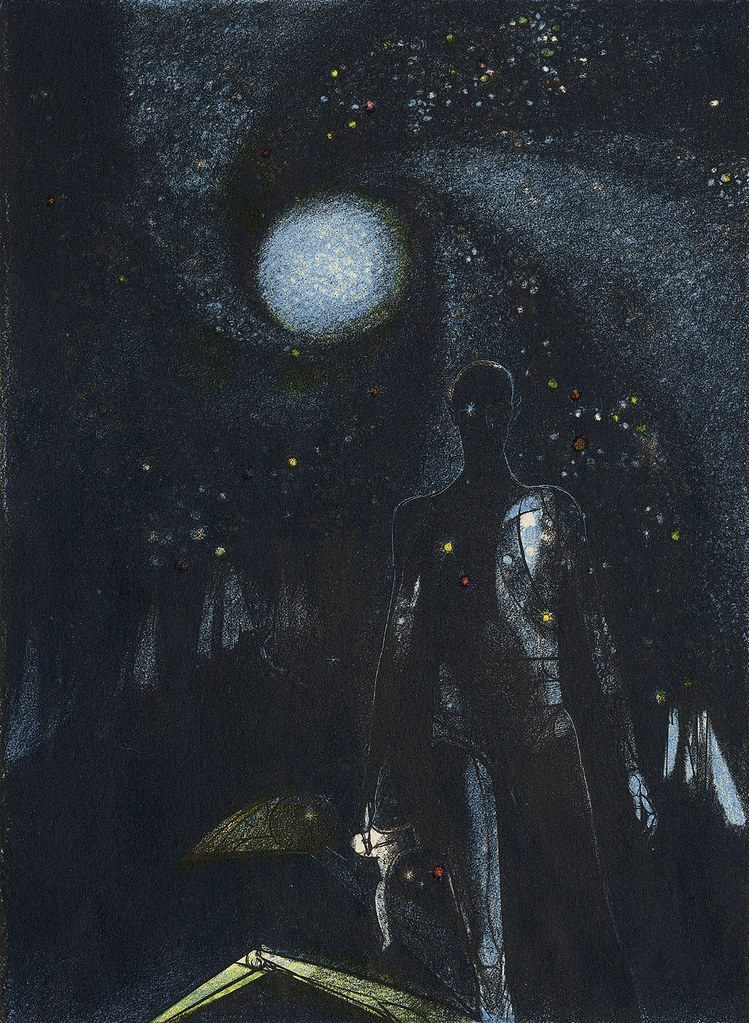
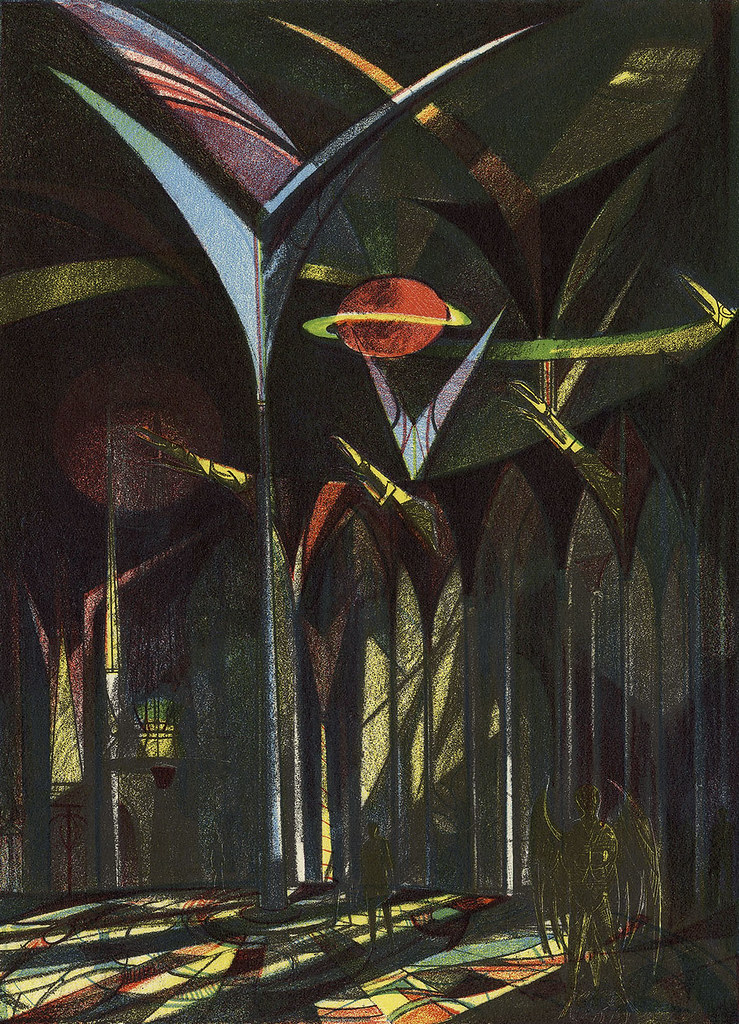
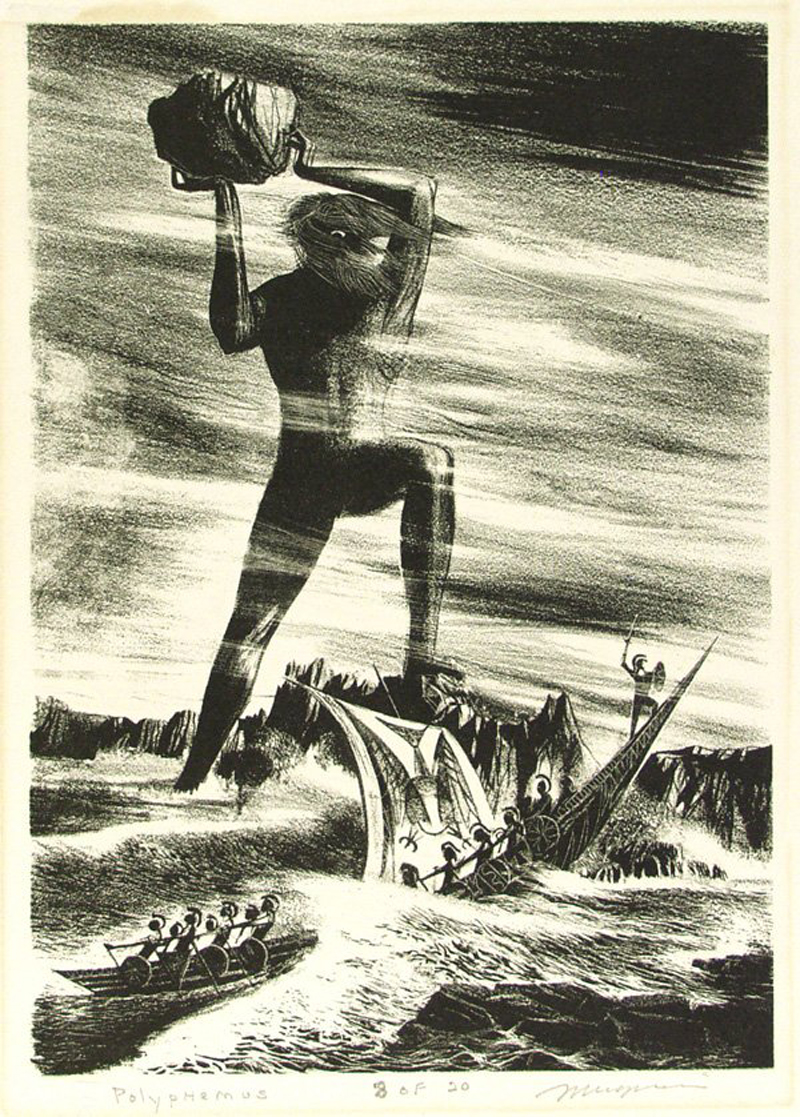
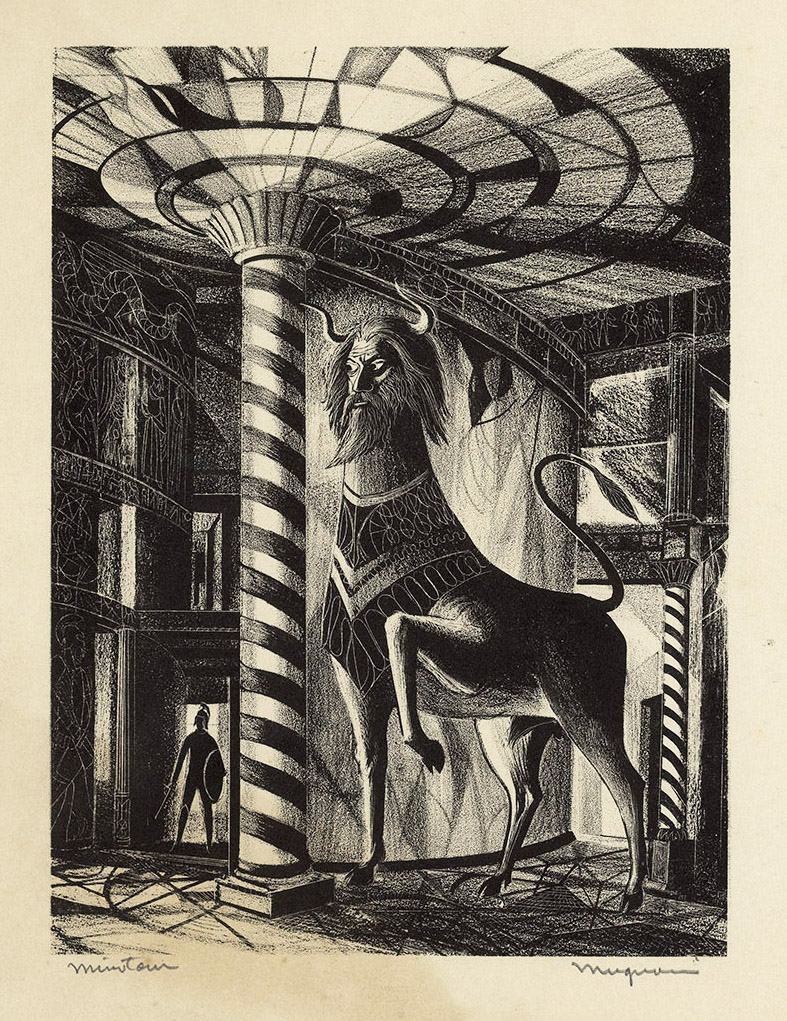
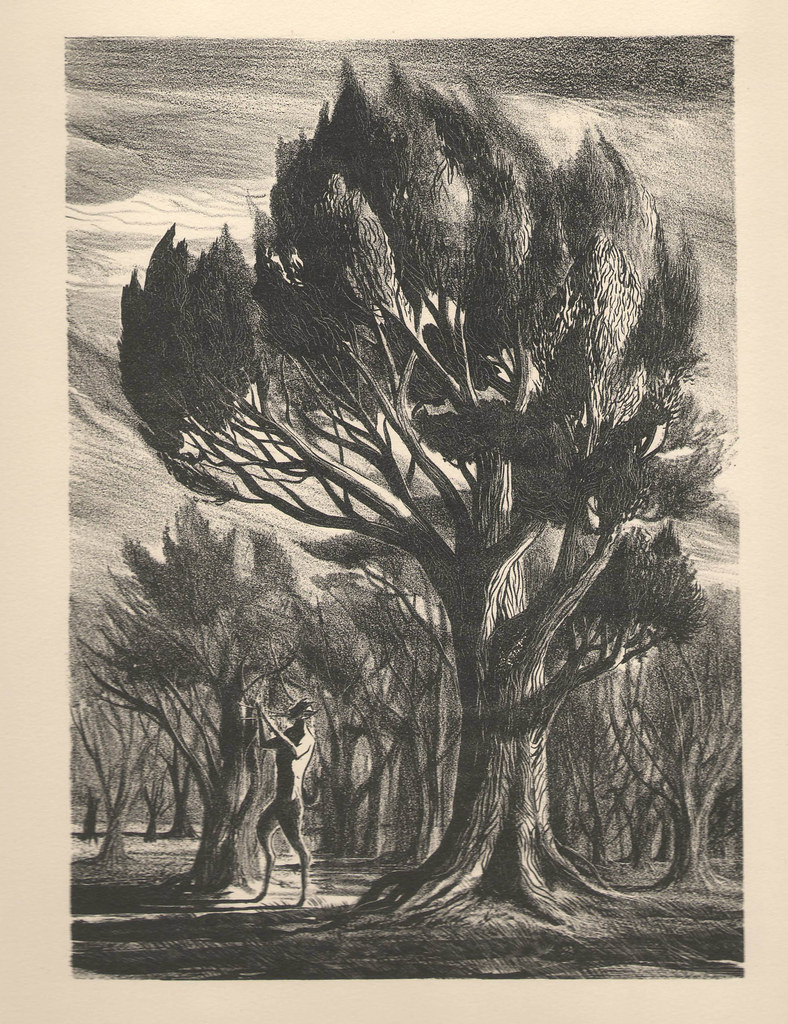
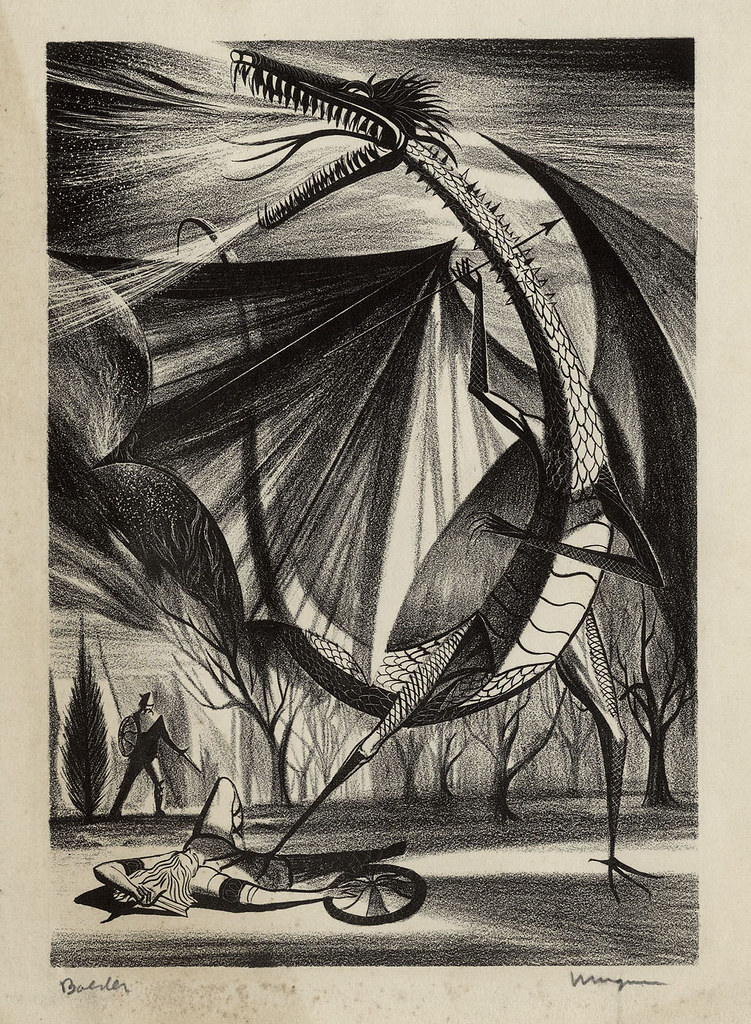
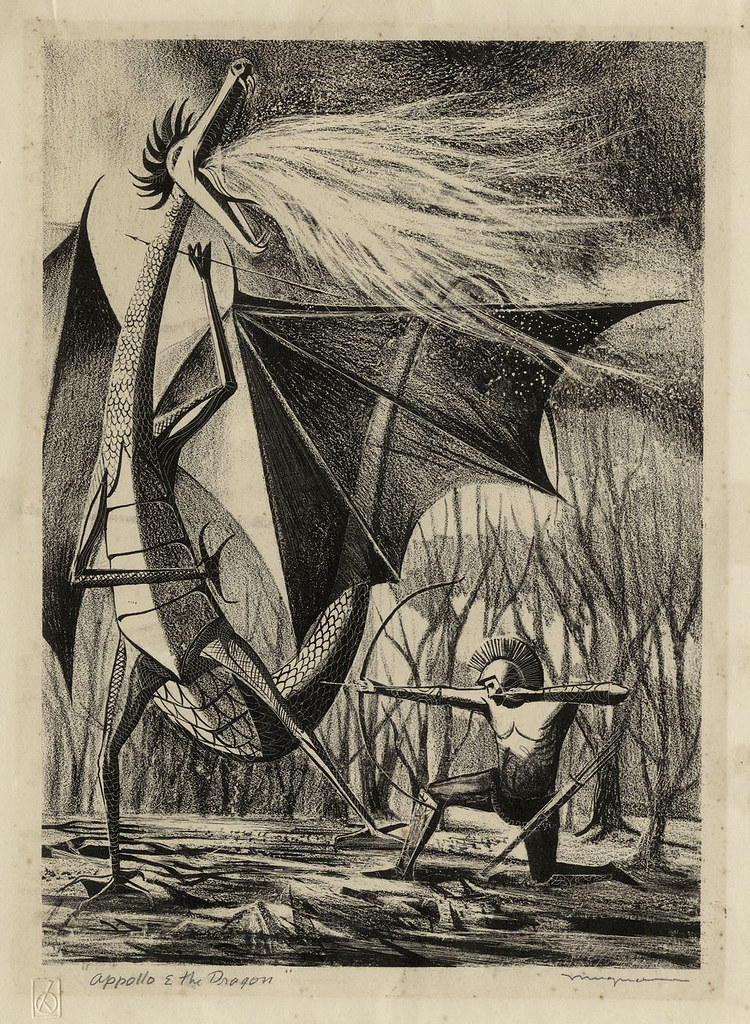
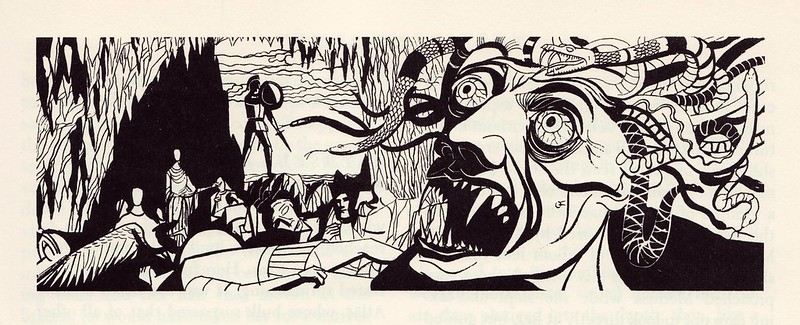
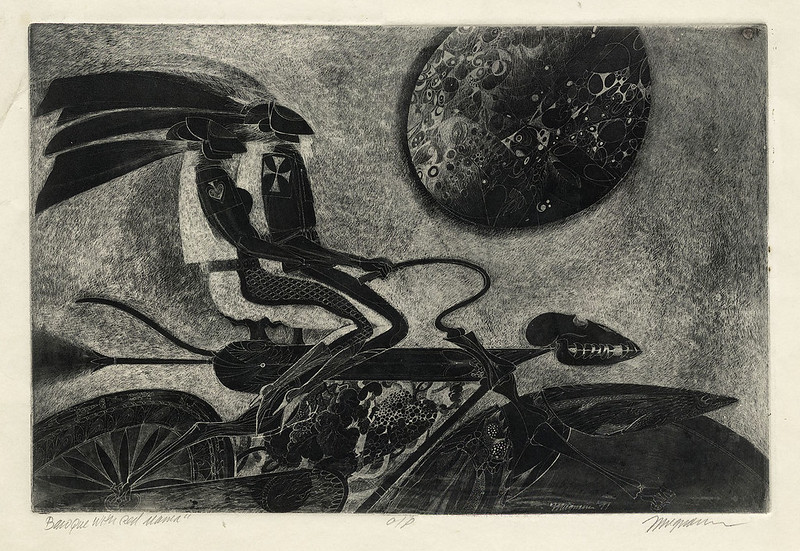
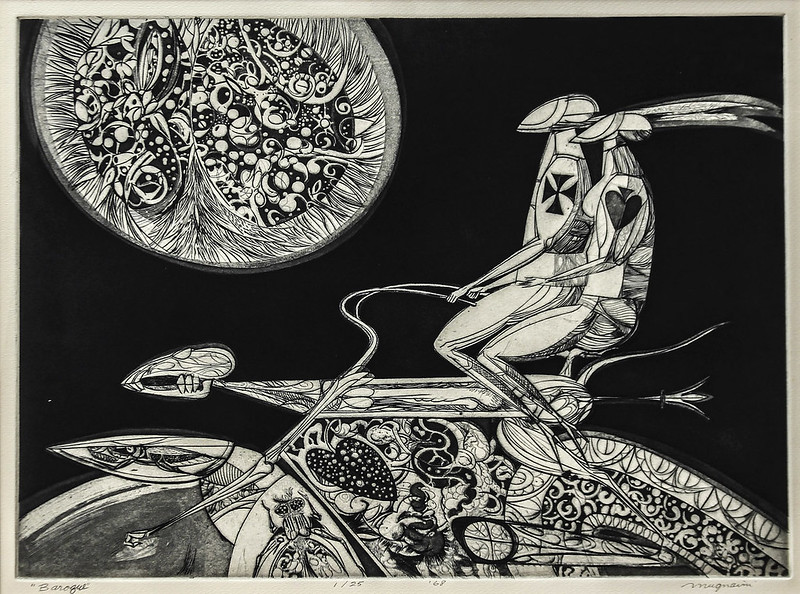


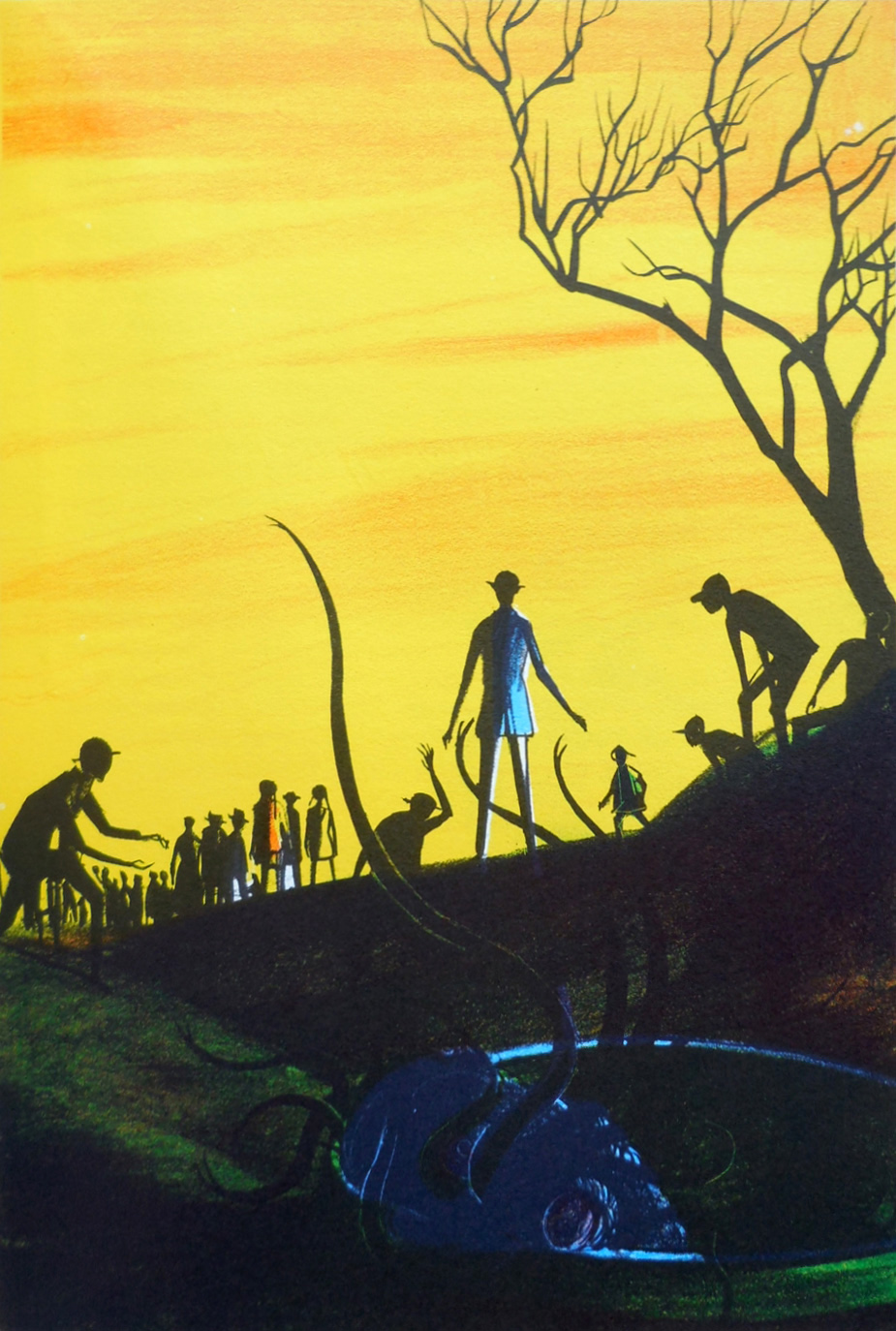
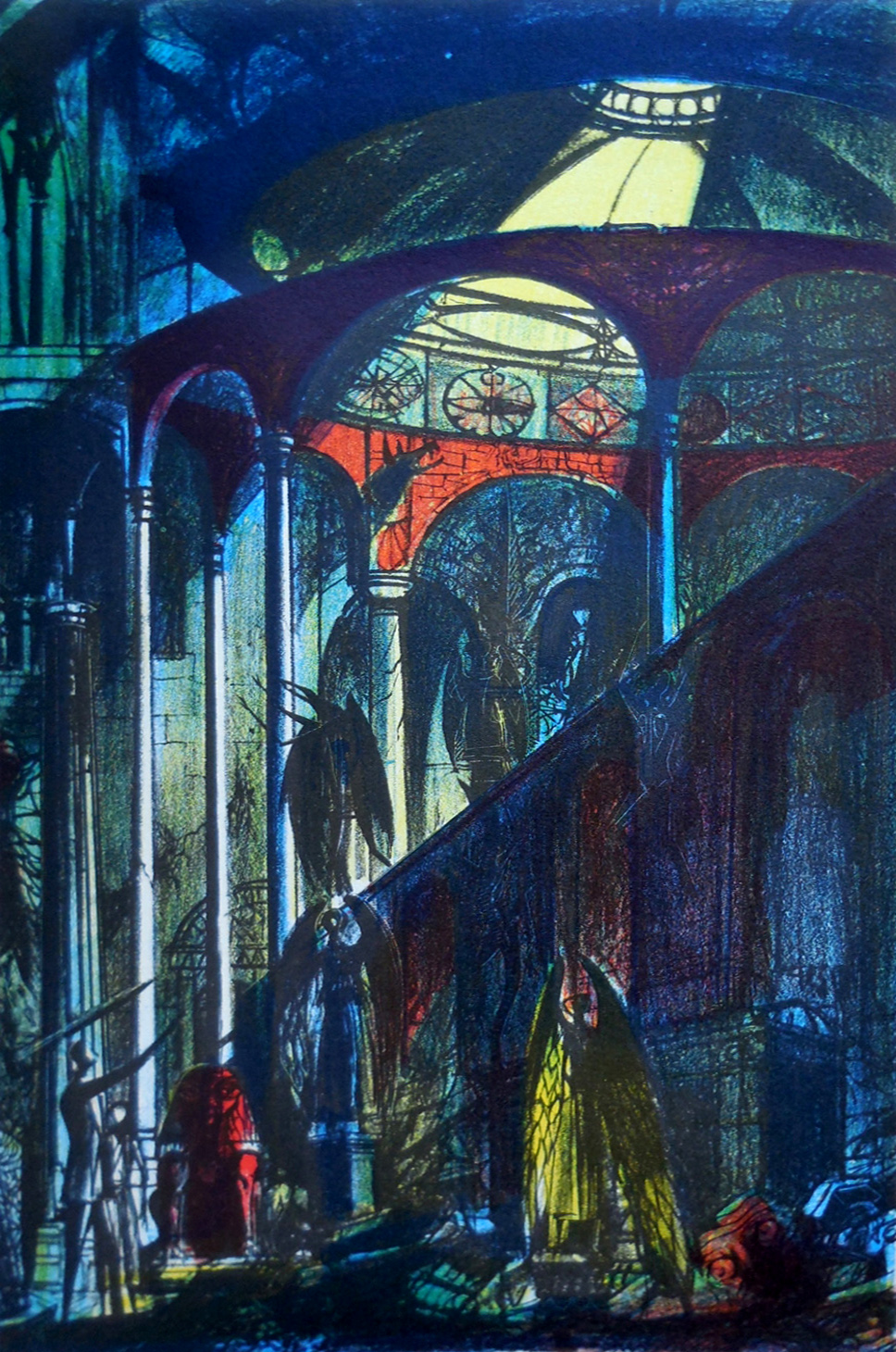

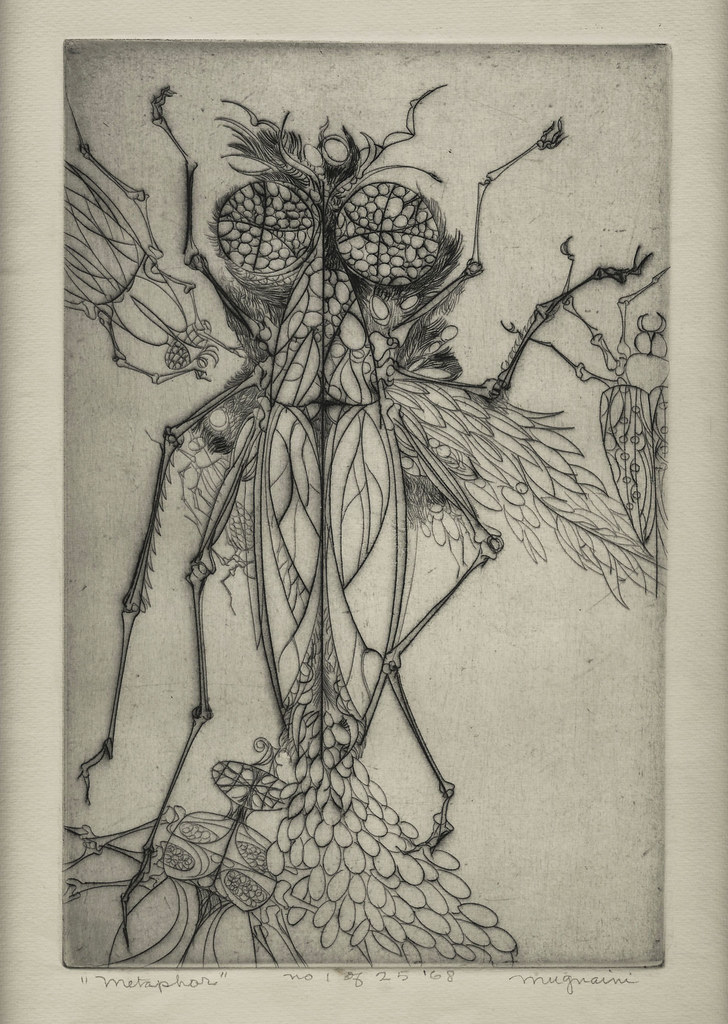
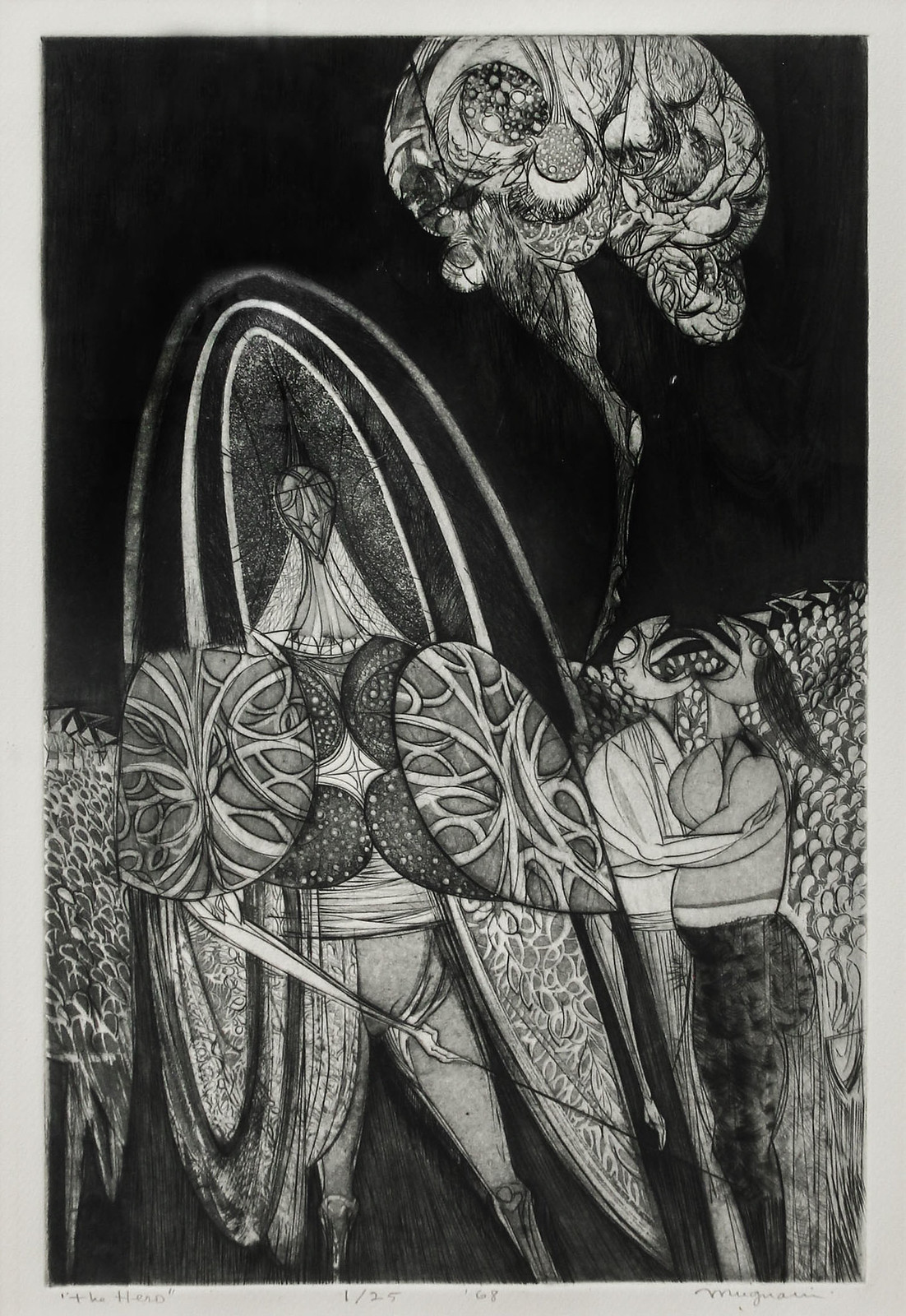
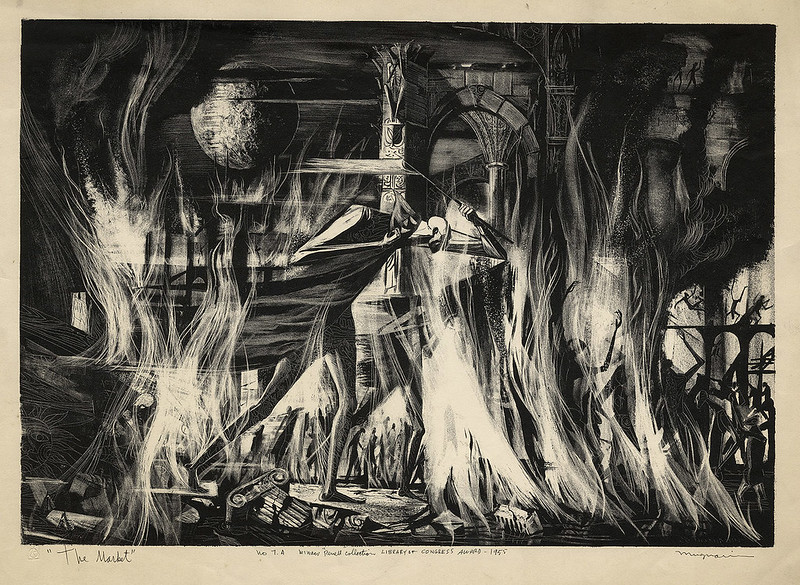
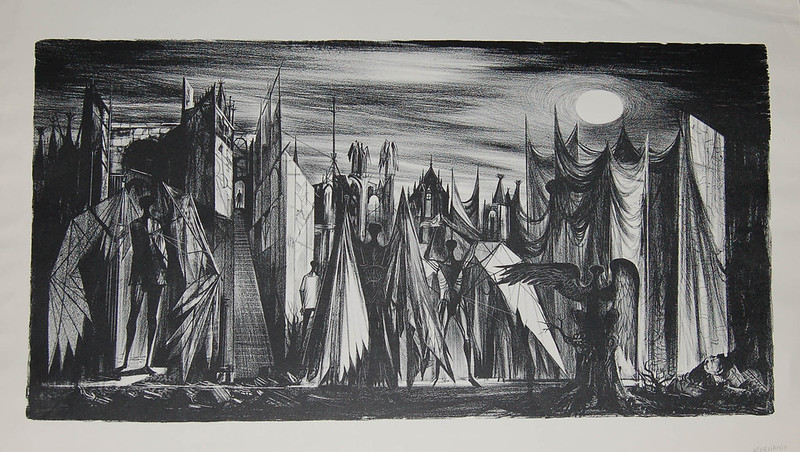
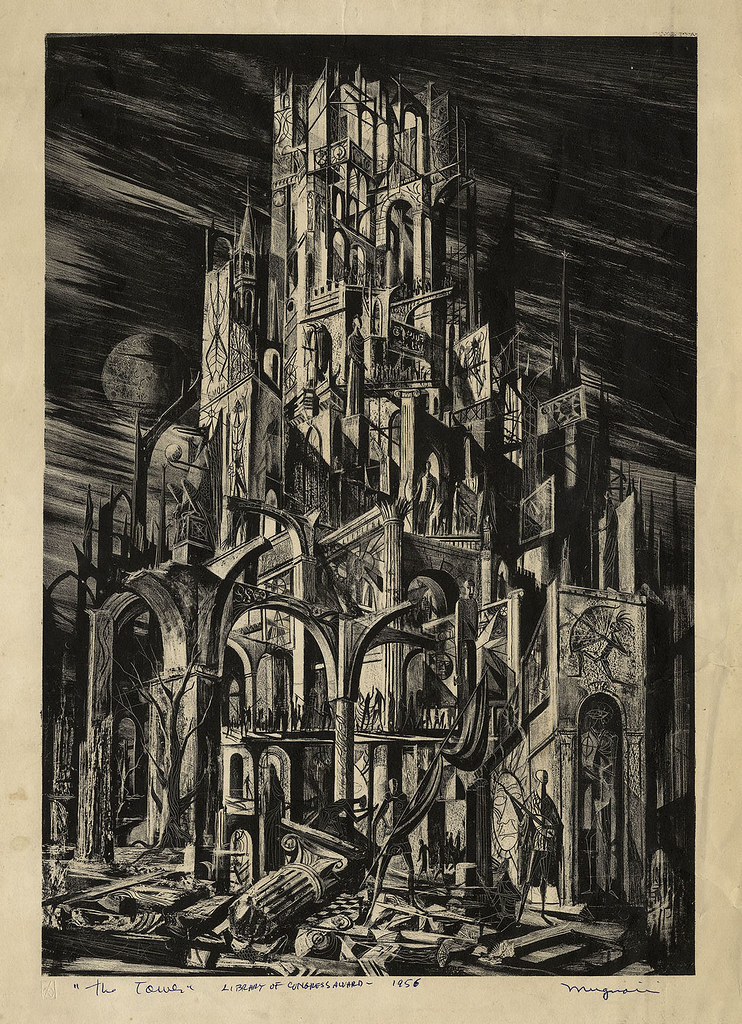
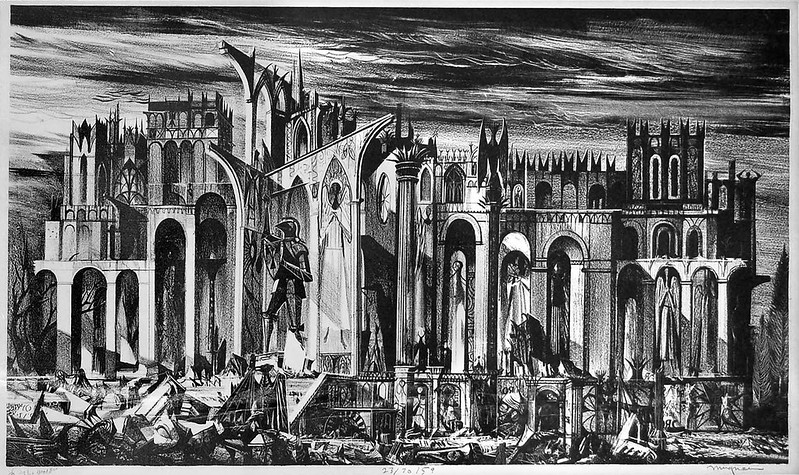
1 comment:
This is an excellent gallery of Mr. Mugnaini's work. My favorites are his cover for "The October Country" and "Modern Gothic". I love his angular lines and the style that epitomized some of the -- dare I say it -- avant garde work that was being produced during this period (Richard Powers comes to mind, as well). Your research has yielded some great results.
Post a Comment